Five women-led studios reshaping Indian creativity at Design Mumbai 2025
Design Mumbai 2025 opens 26-29 November – Wallpaper* meets five women-led local brands exhibiting at this year's show
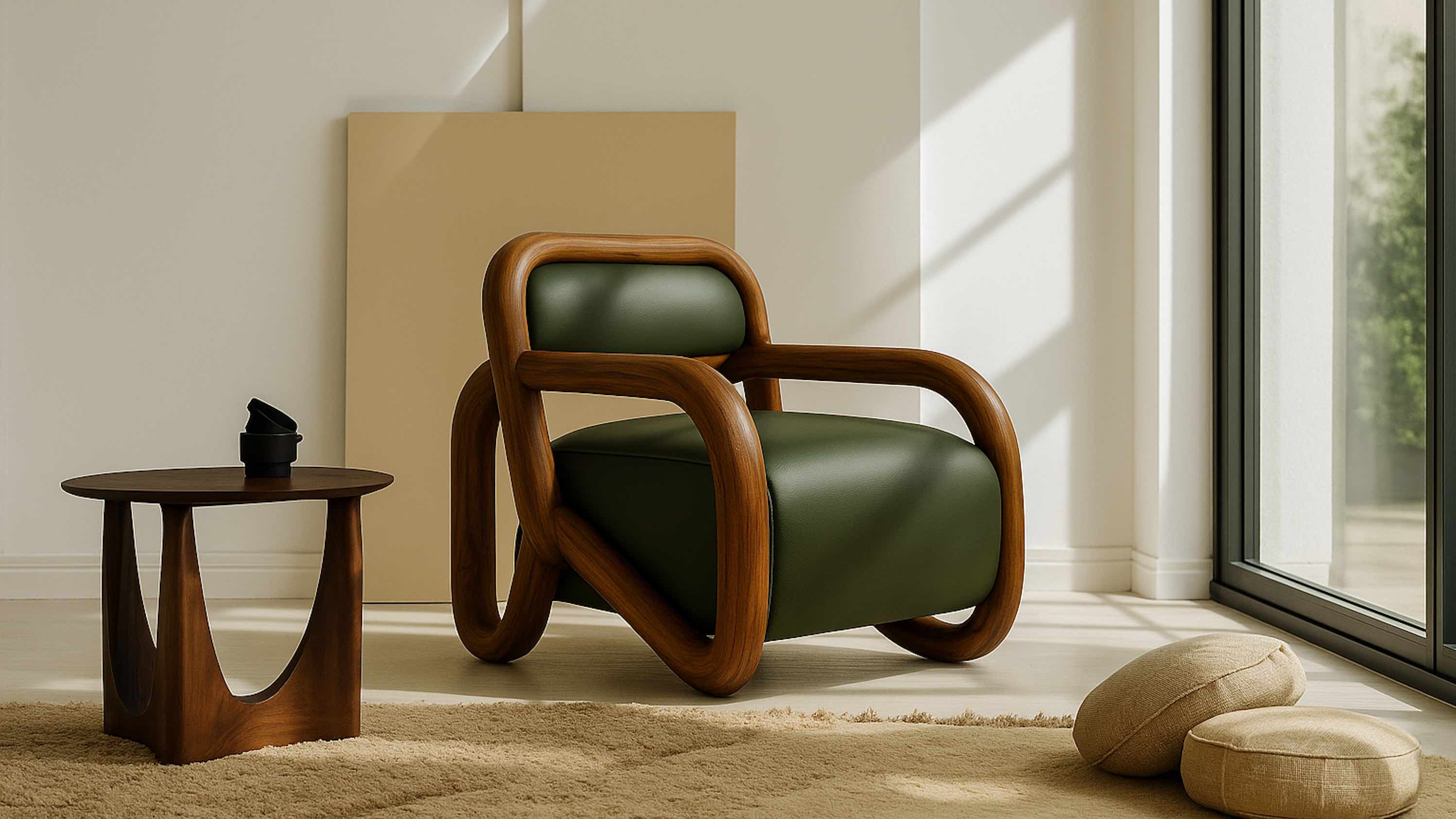
The shifting design landscape in India is one we’ve been watching closely at Wallpaper* and one of the reasons we’ve been eagerly anticipating the second edition of Design Mumbai (26-29 November 2025, Jio World Garden, Mumbai). As with most international trade shows, global names and activations tend to dominate the headlines – this year’s programme includes a busy talks schedule and Design Mumbai Exchange, a series of installations by international designers – but it is the local studios and brands that most pique our interest.
At a moment of visible change within India’s creative scene, there is a growing number of women-led studios among this year’s exhibitors. 'India’s creative landscape is currently being shaped by a new generation of women-led design studios who integrate traditional skills with contemporary vision,' observes Piyush Suri, co-founder and creative director of Design Mumbai. 'Designers at Design Mumbai this year are redefining Indian design through innovative use of materials, pioneering new aesthetics, and a commitment to storytelling. Their practices emphasise sustainability, collaboration, and community.'

'The Plateau' coffee table (Volume II) by Kohelika Kohli Karkhana
Five women-led studios to watch at Design Mumbai
In a country with deeply ingrained expectations around women’s roles, the presence of these studios signals a broader cultural shift – not only in who is designing, but in how design itself is being defined. By reworking rather than rejecting heritage, these designers are bringing ancient knowledge into contemporary practice and shaping a more confident, outward-facing vision of Indian design.
We spoke to five women-led studios shaping the conversation.
Sarvatva
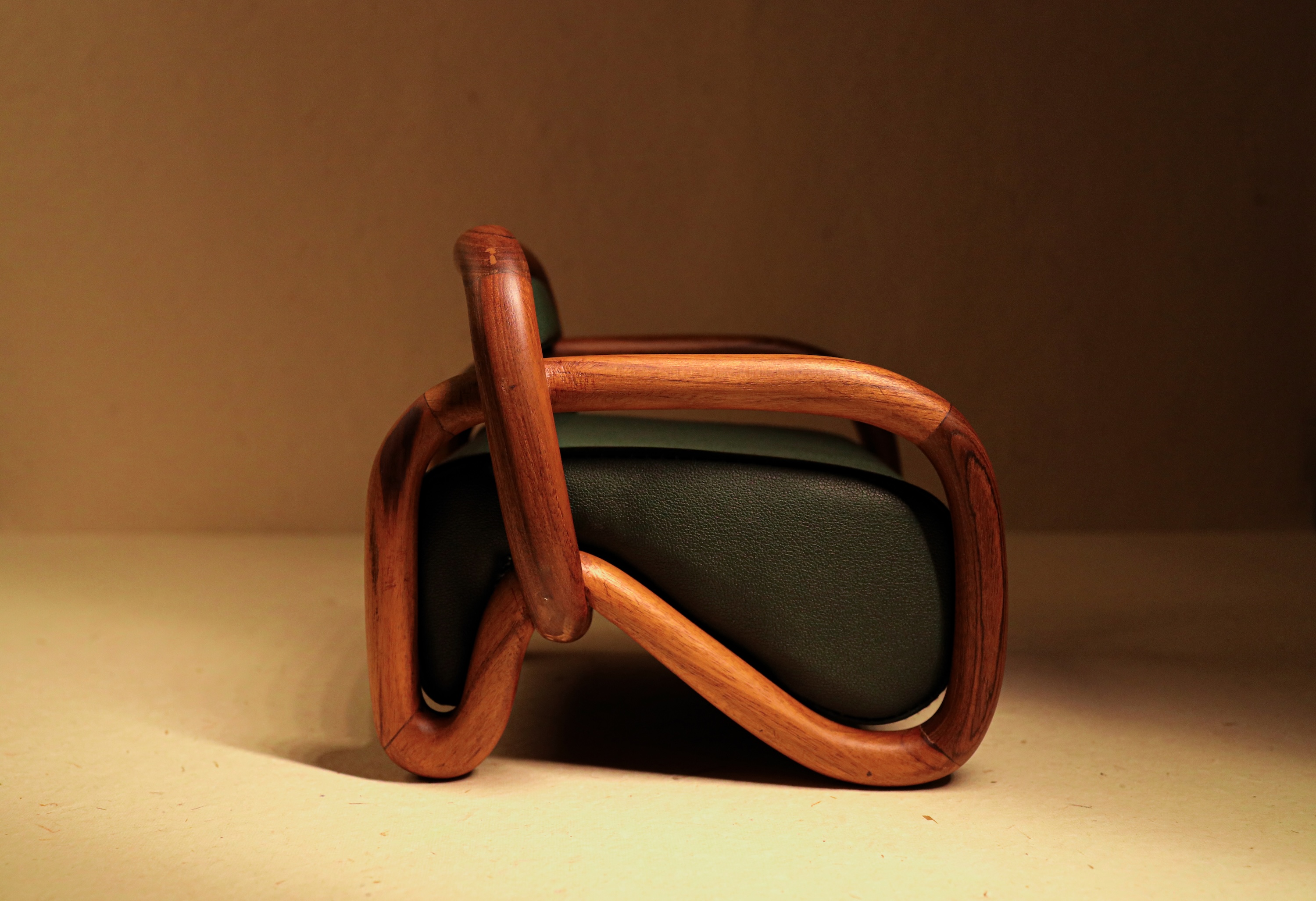
'Aikyam' armchair by Sarvatva
Founded in early 2024 by three National Institute of Fashion Technology alumni, Sarvatva is a Mumbai-based furniture and décor studio built around craft, philosophy and community. The project began when Iteesha Agrawal left a corporate role during the pandemic and began working directly with artisan communities in the Himalayas, responding to the severe setbacks faced by craftspeople during Covid.
She later brought together a team that shared the same vision, including Tejaswi Pathak, whose interest in ancient Indian scriptures helped shape the studio's conceptual foundation of 'wholeness', and Ishita Srivastava, a furniture designer who returned to India after studying in Milan, driven by a desire to 'take Indian crafts global' after witnessing 'a lack of representation of Indian crafts on the global platform'.
Their first collection, 'Tad Ekam', launched the studio’s distinctive direction. Made using a 400-year-old wood carving technique called 'Saharanpur', the collection of chairs, tables and a sofa, feature flowing forms hand sculpted from different varieties of teak in matte or glossy finishes.
Receive our daily digest of inspiration, escapism and design stories from around the world direct to your inbox.

'Ritt' side table by Sarvatva
As an all-women team, Sarvatva describes its work as being 'more emotions driven', shaped by vulnerability and a willingness to express themselves more openly. They actively embrace imperfection, valuing the character of handmade work over the uniformity of machine-made production.
Agrawal is clear that she sees herself as a female entrepreneur rather than simply a designer. In a country where women are often expected to prioritise family over ambition, she says explains that simply 'having dreams for yourself' can be seen as radical. But for Sarvatva, those dreams extend beyond the studio itself, towards 'the community of craft which we want to see flourishing'.
Indian philosophy and ancient values sit at the heart of their work. In an era of global uncertainty and widespread mental health challenges, the studio sees furniture and domestic spaces as tools for reflection – designing pieces that invite users to 'reconnect with themselves everyday' and move towards 'a holistic way of living'.
FAZO Project

'Cards' rug by FAZO Project
FAZO Project was born from a deep connection to place, material and memory. Based in Mirzapur – a region long associated with carpet weaving – co-founders Fatima Warsi and Zoheb Khan grew up surrounded by yarns, looms and colours. 'The studio was born out of deep appreciation for our craft, and a desire to push the boundaries of tradition,' says Warsi. 'The idea was to merge this legacy of handmade excellence with a bold, contemporary design language.'
The studio's rugs – featuring bold graphic shapes and piles of varying heights to create dramatic texture – are woven by a close-knit artisan community, many of whom have inherited their skills over generations. While the traditional carpet loom remains the foundation, Warsi explains that the conversation around it is entirely modern. 'Each design goes through multiple iterations that result in something timeless, rooted in history yet relevant to contemporary design.'
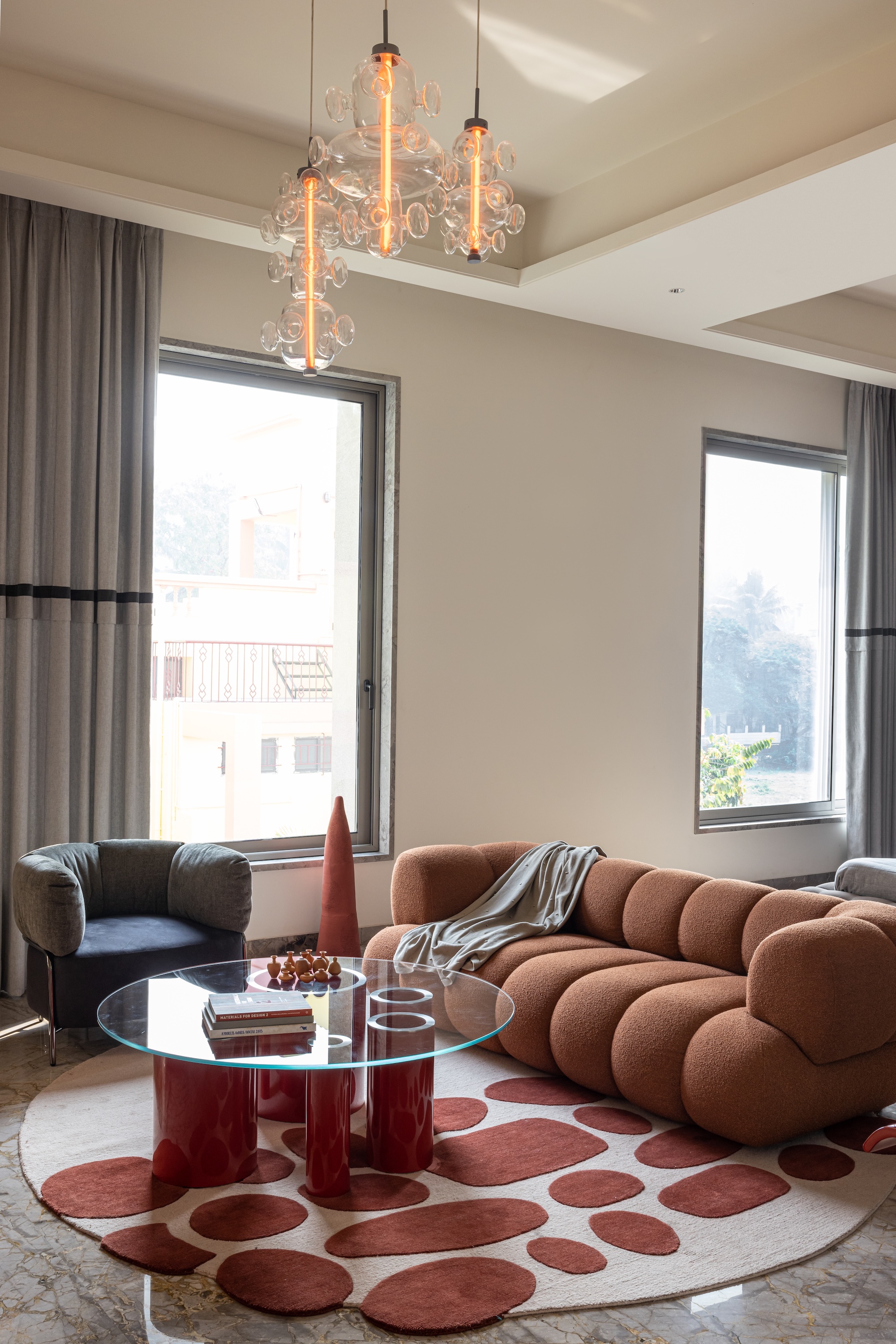
FAZO Project
For Warsi, the growing energy of Mumbai’s design scene is inseparable from the increasing visibility of women. 'It’s a very exciting time,” she says. 'I feel women bring a distinct sensitivity and intuition to any landscape. Women’s approach often blends emotional intelligence along with an aesthetic clarity - these are qualities that lead to a more nuanced and deeper understanding of how design impacts daily life.'
On the global stage, Warsi believes Indian designers offer something hard to replicate. 'We bring a certain authenticity to the global conversation, because we understand the essence of handmade and the importance of good design.' That balance of sensitivity and strength, she says, is what makes the Indian voice increasingly compelling in contemporary design discourse.
Hobo Houz

'Ashwatha' by HoboHouz
Hobo Houz co-founder Varsha Patra’s practice is rooted in Aari hand-embroidery – a technique she was drawn to for both its technical precision and its emotional depth. 'As a textile designer, I've always been drawn to exploring new possibilities with thread and textiles,' she explains. Aari embroidery offered a way to push that curiosity further: 'There's something about working with just a hooked needle and thread that opens up so many possibilities.' What began as a technical fascination soon became something more meditative. 'You have to be completely present because each stitch builds on the last one.'
Her textile artworks are arrestingly intricate, containing detailed depictions of flora and fauna, and figures and motifs from traditional folk art brought to life in unexpected ways, through abstract forms that give the work a distinctly contemporary feel.
Preserving the integrity of the craft while allowing it to evolve has become central to Patra’s work. 'We stay true to the traditional method – the hooked needle, the chain stitch,' she says, even as the application becomes more experimental. 'Over time, everything was being made on machines and Aari hand-embroidery was losing its value.' In response, Patra committed to creating 'real art pieces that would shift this perception entirely.

'Ruh' by Hobo Houz
Working from Hyderabad required building a new ecosystem around a craft not native to the region. 'Aari embroidery doesn't truly belong to this region, so I had to make arrangements for artisans to migrate and get trained to work with me in my studio,' she notes. Nature and folk traditions remain constant reference points. 'Nature has always been my most constant teacher,' she says, citing her Tree of Life series and the Kalpavrksa as recurring inspirations.
Patra sees a growing appetite for slowness and depth. 'People are starting to crave things that have a real human presence behind them,' she reflects. 'There's a growing interest in understanding how things are made, who makes them, and what truly goes into the process.'
Jasmine Jhaveri

WANNAS are among the eight brands and designers that will be represented at the Emerging Designers Pavilion curated by Jasmine Jhaveri
The curator of the Emerging Designers Pavilion at Design Mumbai, Jasmine Jhaveri has spent more than two decades working as an interior designer, shaping spaces that respond to people, material and mood. 'That instinct to discover, nurture, and layer meaningful design is what naturally led me to create this new platform,' she says of the inaugural Emerging Designers Pavilion. India, she adds, has 'an extraordinary pool of emerging talent – experimental, boundary-pushing, and deeply rooted in cultural nuance, yet their stories don’t always find the visibility they deserve. The Pavilion aims to shift that.'
The curatorial framework is also deeply personal. A karate practitioner for over three decades, Jhaveri asked each participating brand to respond to 'the principles from kata (a structured series of movements, techniques, and stances) – form, strength, balance, precision, flow.' The result, she says, is 'a showcase that not only highlights emerging Indian talent, but also explores how design and movement-based philosophy can come together to tell powerful new stories.'
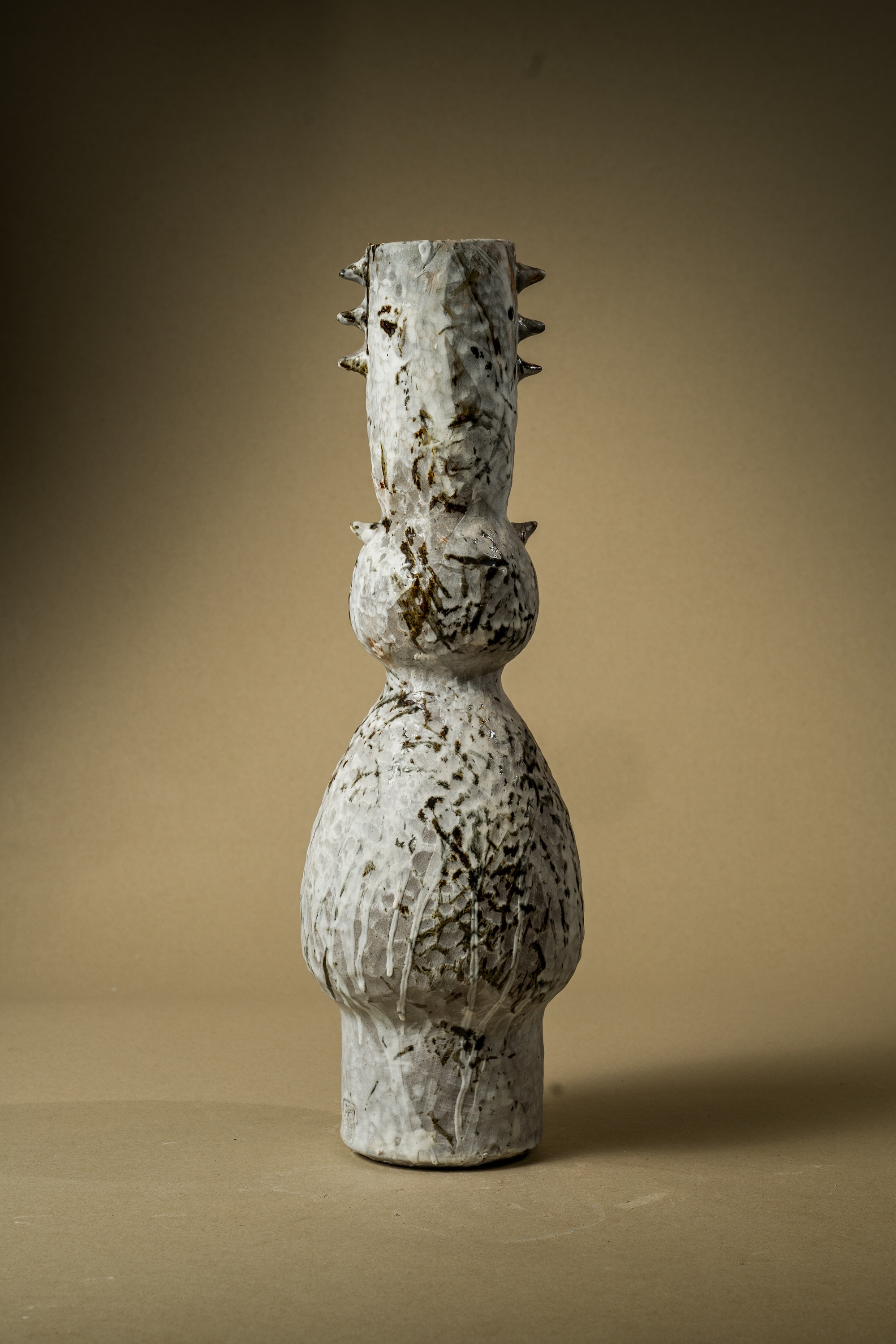
Studio Klay are among the eight brands and designers that will be represented at the Emerging Designers Pavilion curated by Jasmine Jhaveri
For Jhaveri, Mumbai’s design culture is defined by intensity and contradiction. 'Mumbai’s design energy is electric,' she enthuses. 'It’s a city of contradictions — wildly chaotic one moment and strikingly refined the next.' She believes the city’s openness to experimentation sets it apart: 'Here, people don’t feel the pressure to fit into boxes.'
She has witnessed a profound shift in women’s visibility within design that she says is 'remarkable and long overdue'. 'Women-led studios are no longer operating on the margins; they are at the centre of India’s most compelling design work,' she notes, pointing to a clarity and confidence in the way women designers are presenting their ideas now.
Looking forward, Jhaveri sees a generation that is not burdened by the need to fit into predefined categories and that is designing not only for aesthetics, but for social and ecological change.
Kohelika Kohli Karkhana

'Anthropocene' bar by Kohelika Kohli Karkhana
Kohelika Kohli Karkhana founder Kohelika Kohli describes her eponymous atelier as a space born from a fascination with material transformation and how fragments, residues and often overlooked elements can be pushed beyond their expected use. 'Working closely with artisans across India made me acutely aware of the depth of their knowledge and the need to keep that lineage alive while expanding its vocabulary,' she reflects. In response, she has built a Karkhana (a Persian word meaning 'factory' or 'workshop') focused on experimentation and the practical reuse of discarded materials.
In her pieces, you'll find wasted yarns from an artist's studio preserved within a resin tabletop, reclaimed mild steel sheets reborn as cabinet doors or brass panels cast in mould made from recycled and fragmented cardboard.
Her work sits deliberately between art and design. 'For me, art and design are intertwined,' she says. 'Design becomes meaningful when it moves beyond utility and begins to evoke emotion.' Each object begins as a visual experiment, testing proportion, texture and form.
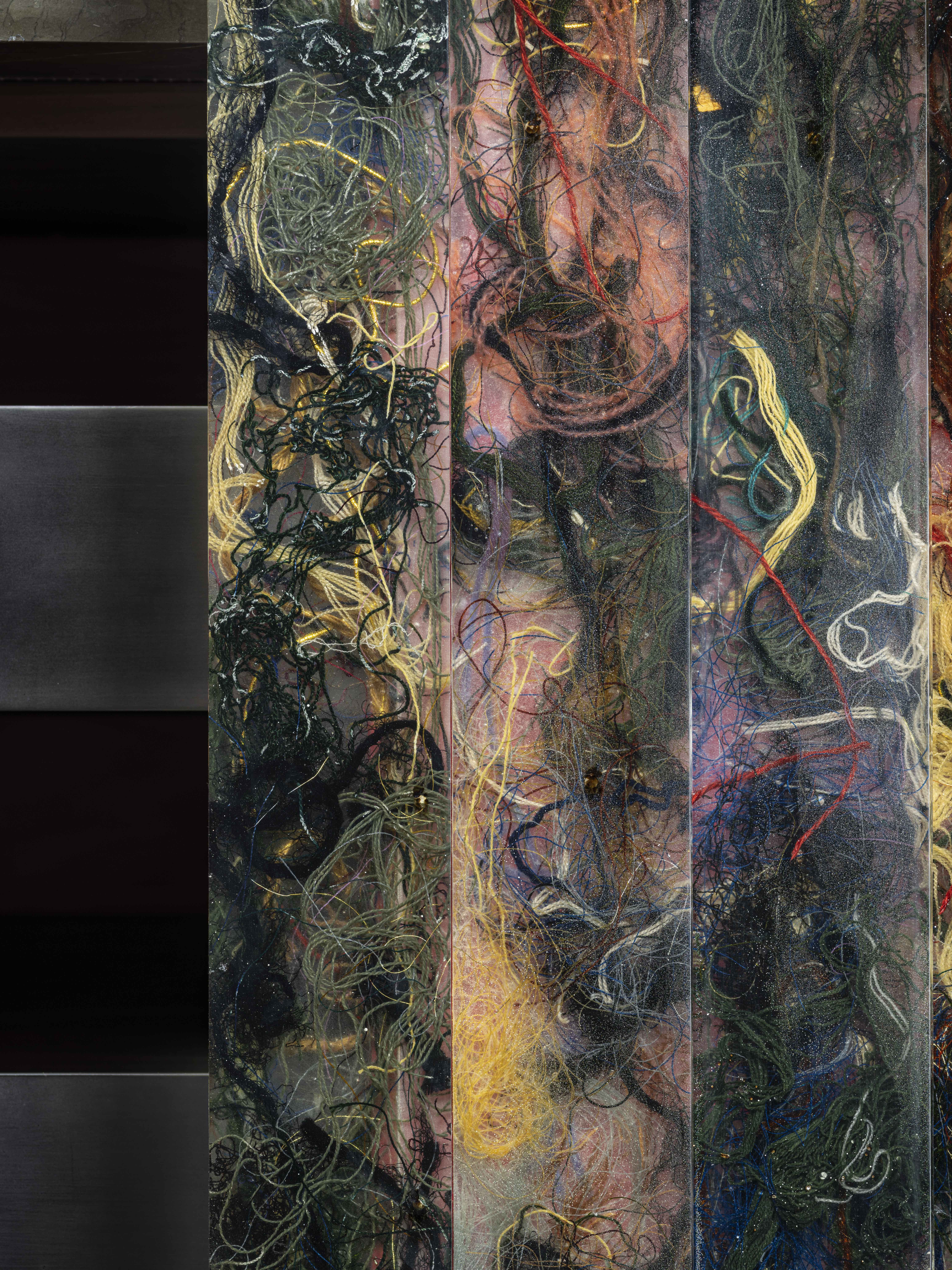
'Anthropocene' bar by Kohelika Kohli Karkhana
For Kohli, reuse is not treated as an afterthought. 'Reuse, for me, is not a trend but a mindset. When you repurpose a material, you honour its past while giving it a renewed identity.' For her, this approach reflects respect for materials and process, and a sense of responsibility for the wider impact of design.
Having studied and worked abroad, she views Mumbai as a city with a distinctive creative pulse. 'Mumbai has an extraordinary creative rhythm – layered, imperfect and full of life,' she notes. 'Unlike many global cities, Mumbai’s design language is shaped by contrast and intuition.' She sees a growing confidence in Indian design today and a willingness to reinterpret heritage without reverting to imitation – an energy that Kohelika Kohli Karkhana both responds to and draws strength from.
Ali Morris is a UK-based editor, writer and creative consultant specialising in design, interiors and architecture. In her 16 years as a design writer, Ali has travelled the world, crafting articles about creative projects, products, places and people for titles such as Dezeen, Wallpaper* and Kinfolk.
-
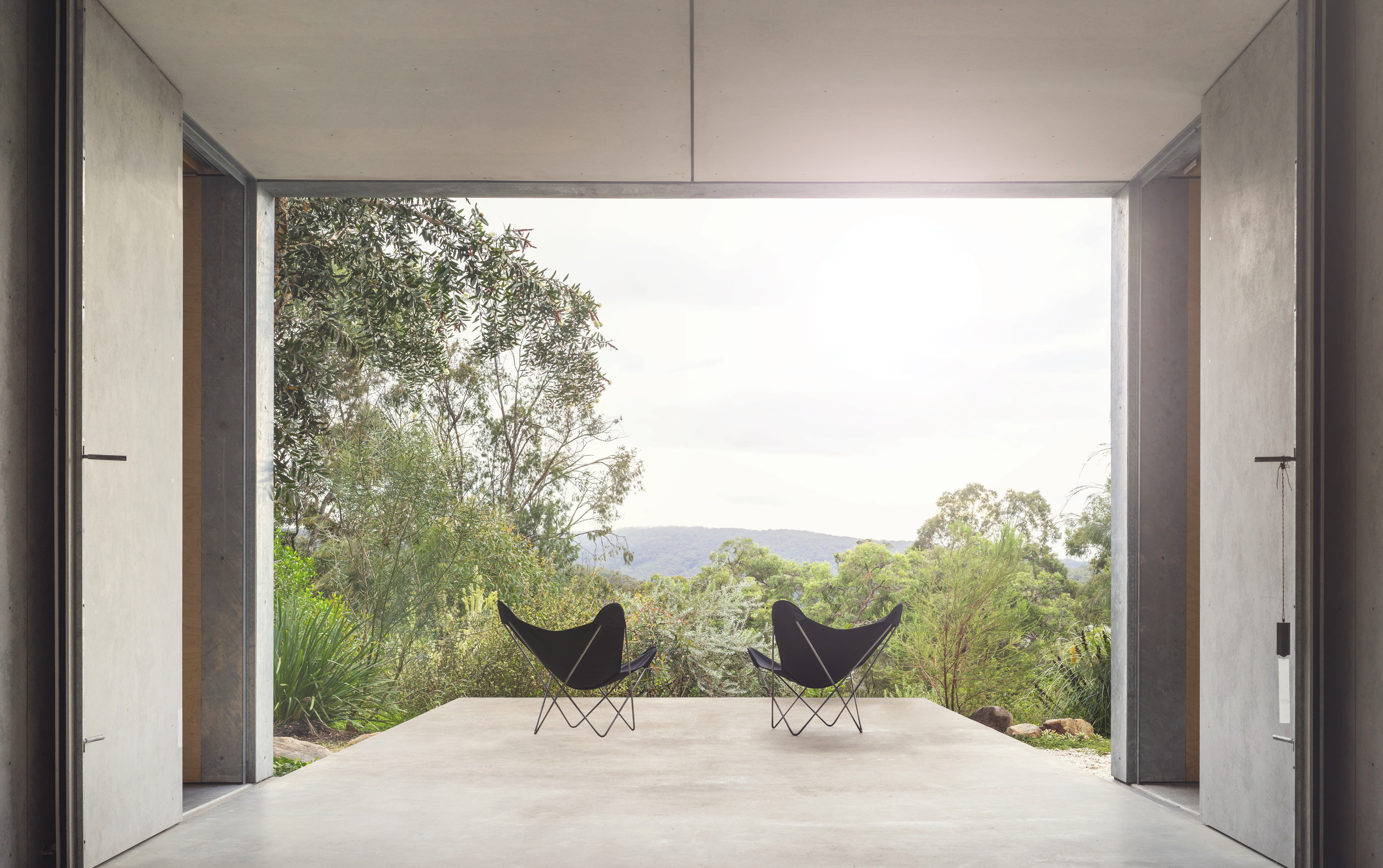 An Australian holiday home is designed as a bushfire-proof sanctuary
An Australian holiday home is designed as a bushfire-proof sanctuary‘Amongst the Eucalypts’ by Jason Gibney Design Workshop (JGDW) rethinks life – and architecture – in fire-prone landscapes, creating a minimalist holiday home that’s meant to last
-
 100 George Street is the new kid on the block in fashionable Marylebone
100 George Street is the new kid on the block in fashionable MaryleboneLondon's newest luxury apartment building brings together a sensitive exterior and thoughtful, 21st-century interiors
-
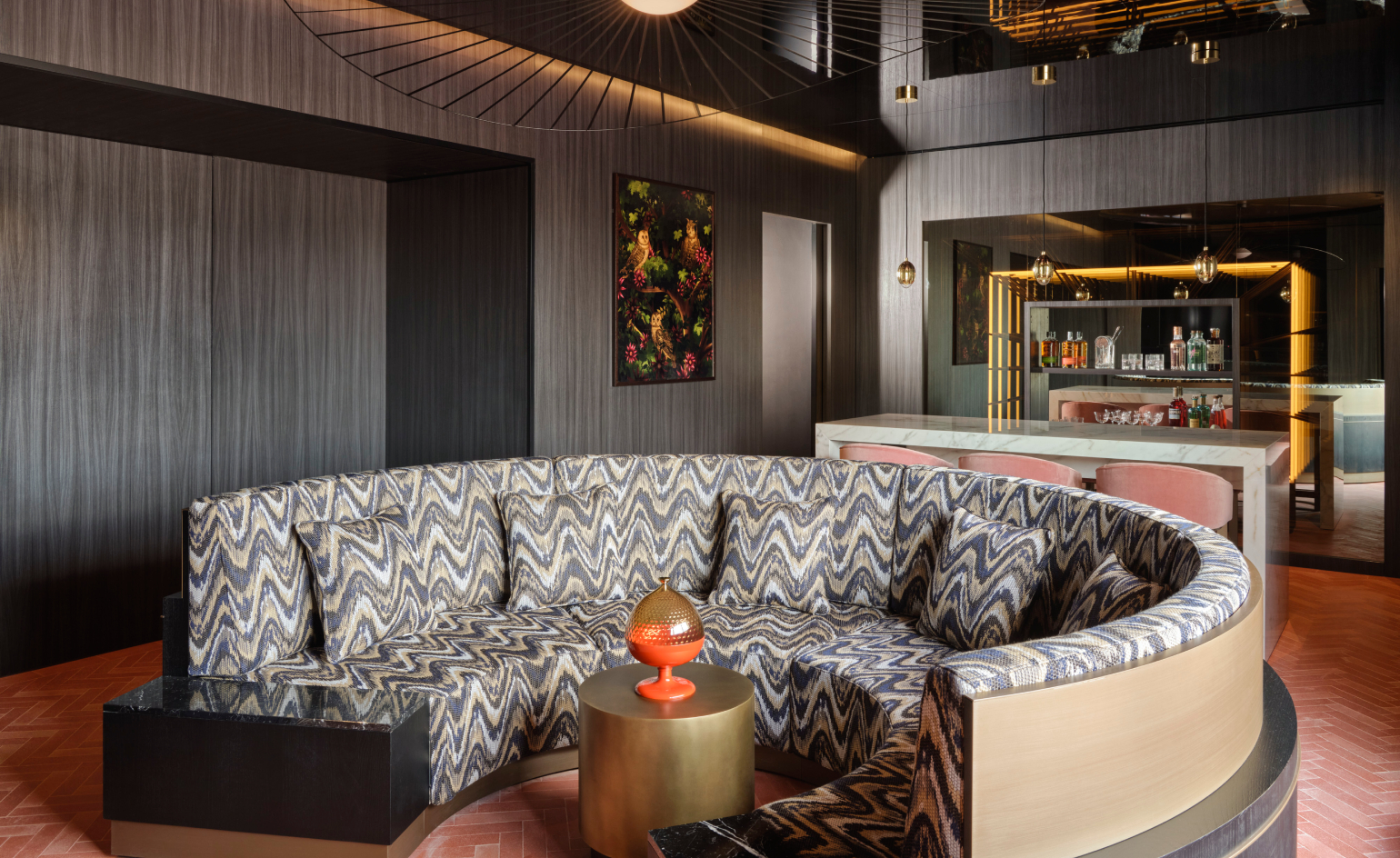 Experience the cradle of the Renaissance in a new light at Florence’s W hotel
Experience the cradle of the Renaissance in a new light at Florence’s W hotelFlorence’s palazzi, basilicas and baptistries groan with history. But the city’s new W hotel poses an alternative perspective – one that is distinctly modern
-
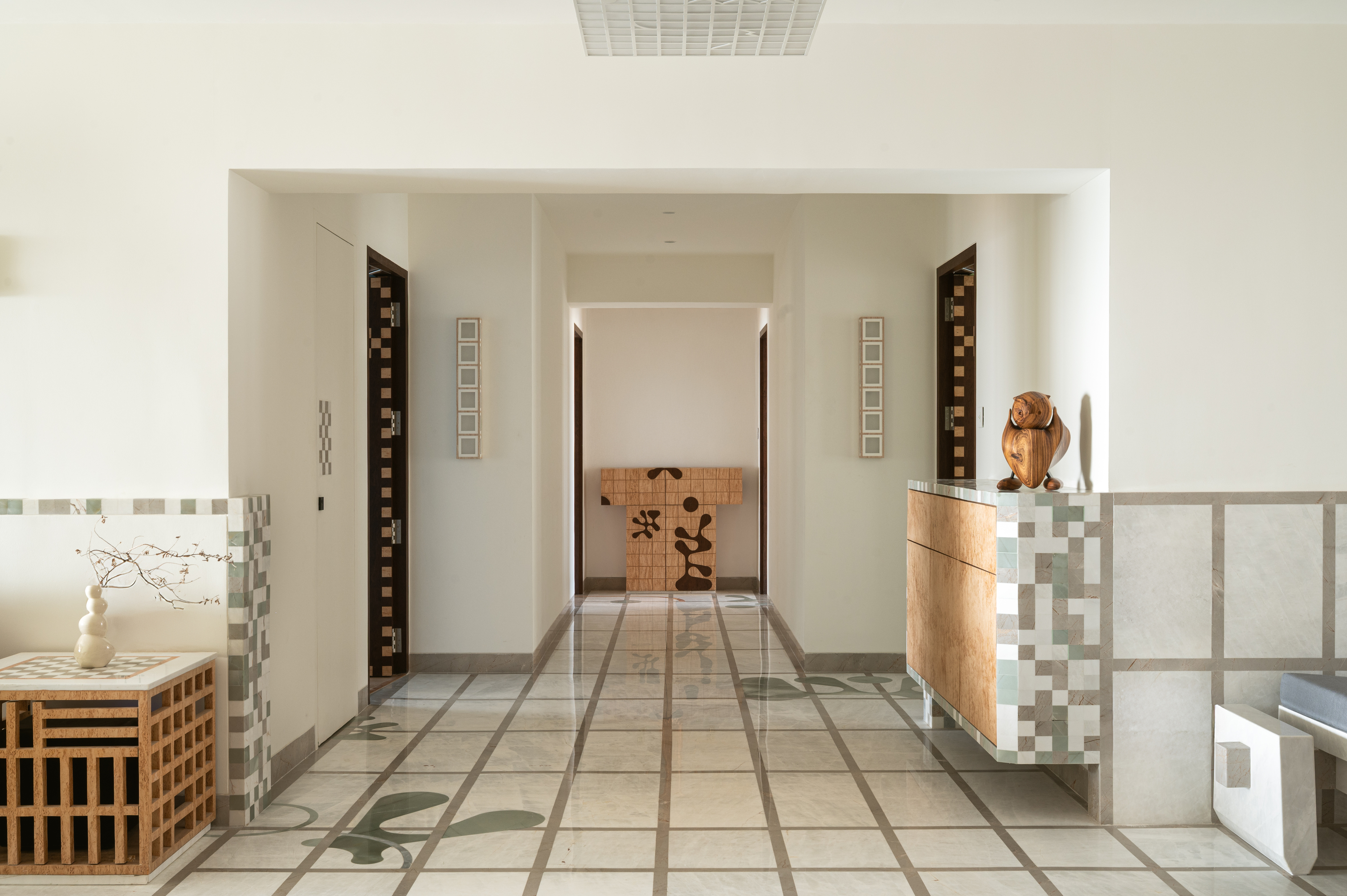 This Mumbai apartment feels pixelated, like walking into a retro video game
This Mumbai apartment feels pixelated, like walking into a retro video gameA MuseLAB-designed space embraces a repetitive grid pattern, yet manages to feel completely open and unrestrained
-
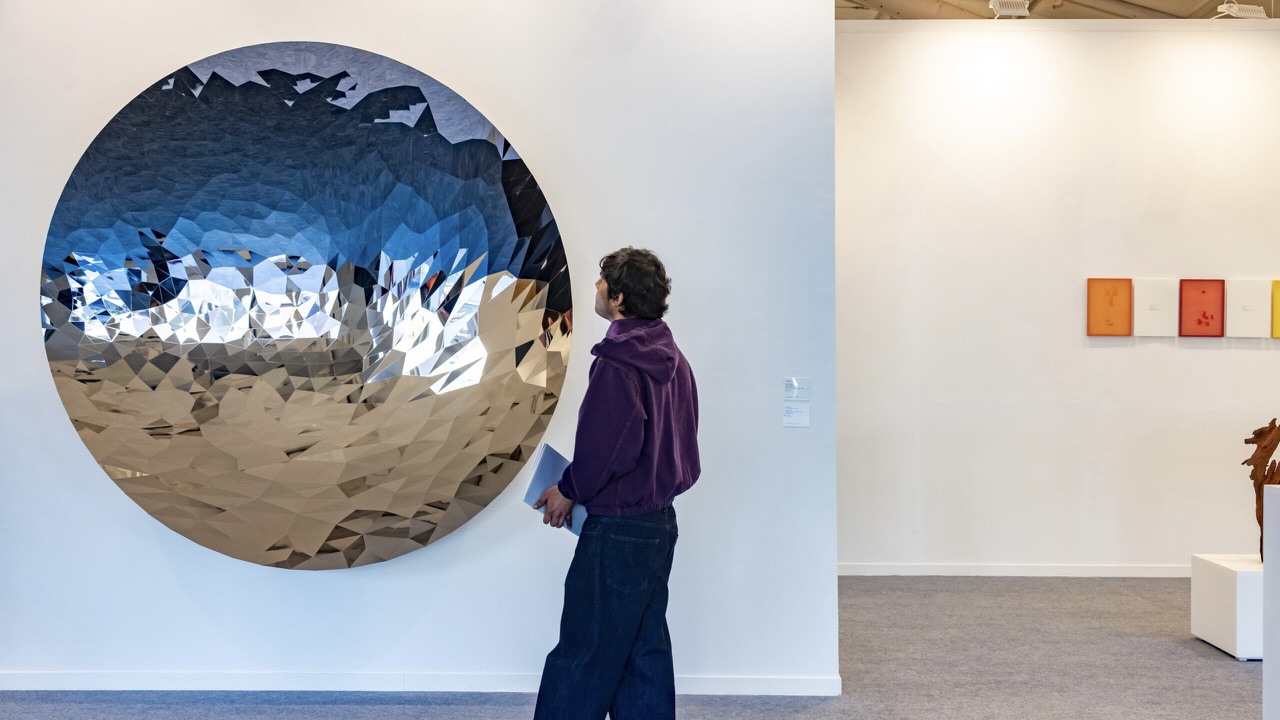 Highlights from the India Art Fair
Highlights from the India Art FairThe worlds of art and design collided at the 16th edition of the India Art Fair, where a global outlook and women artists were front and centre
-
 17 designers and artists reinterpret Dior's ‘Medallion’ chair
17 designers and artists reinterpret Dior's ‘Medallion’ chairThe Dior ‘Medallion’ chair project marks the French maison's most significant presence at Milan’s Salone del Mobile to date
-
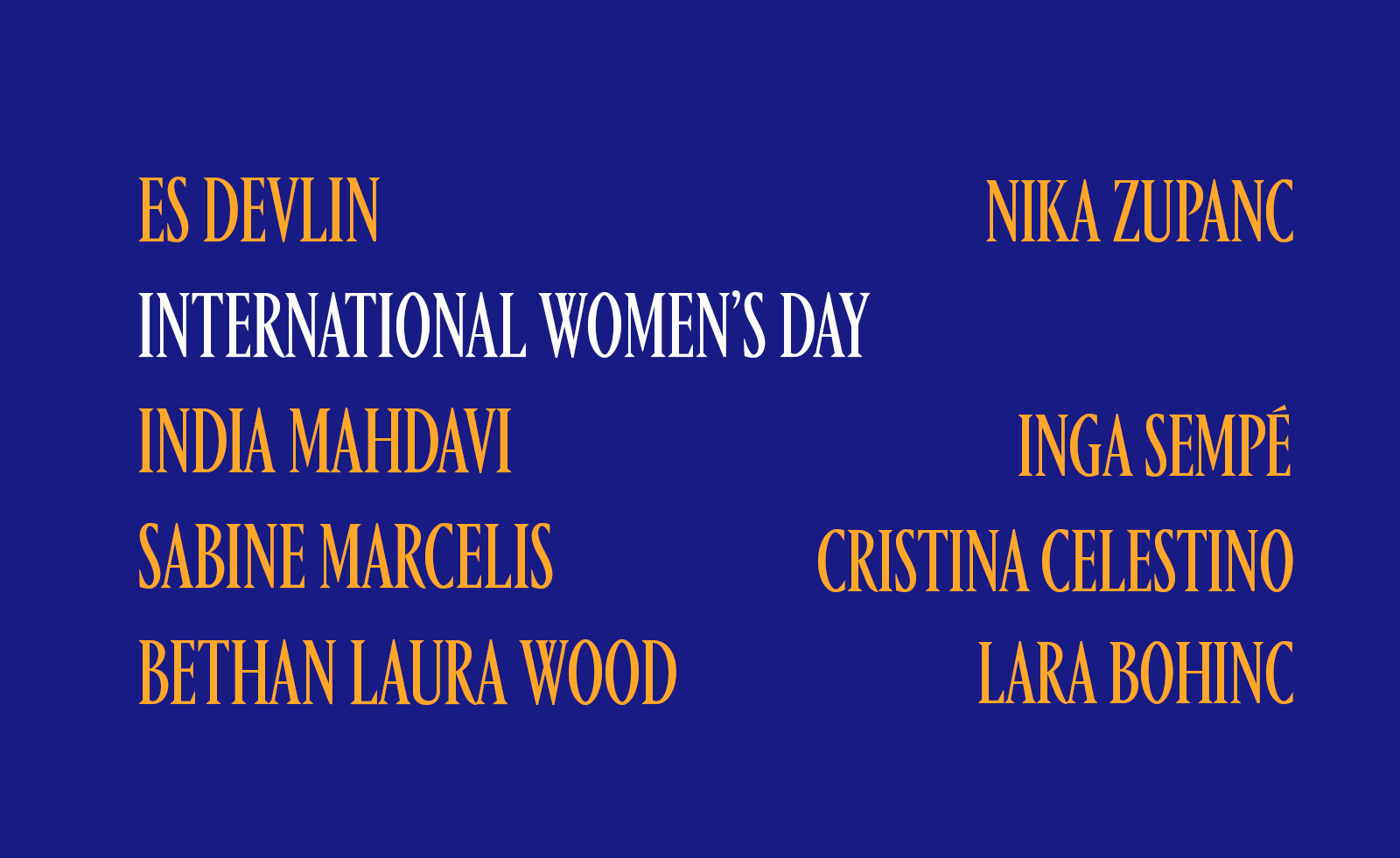 International Women’s Day: leading female designers in their own words
International Women’s Day: leading female designers in their own words -
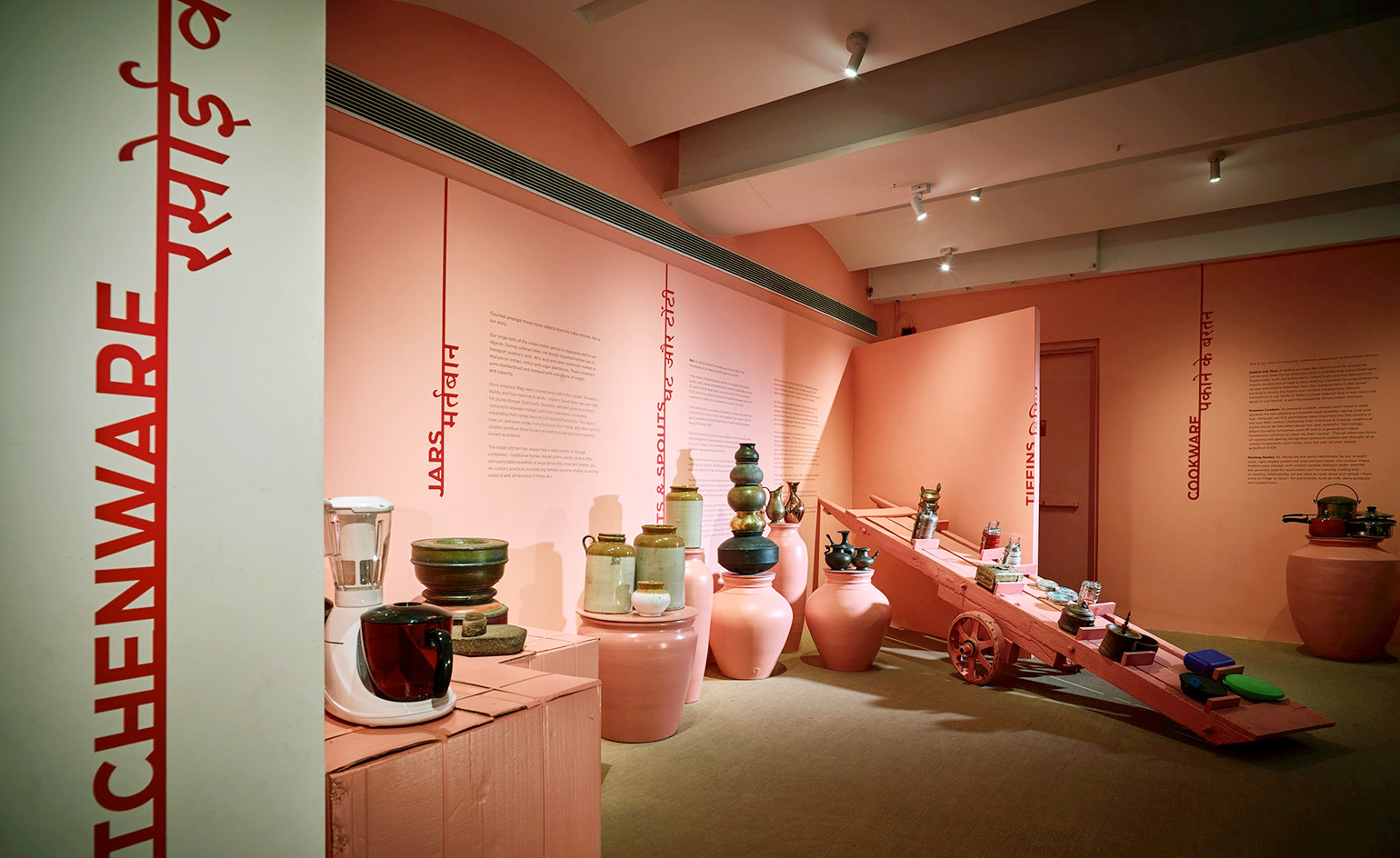 Telling tales: India’s design story is explored in a duet of Mumbai exhibitions
Telling tales: India’s design story is explored in a duet of Mumbai exhibitions -
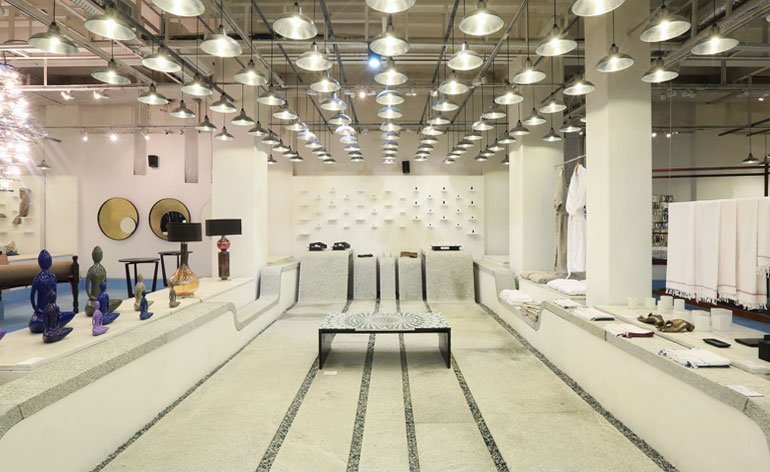 Made In India: Be Open's New Delhi exhibition pays tribute to handcrafted design
Made In India: Be Open's New Delhi exhibition pays tribute to handcrafted design -
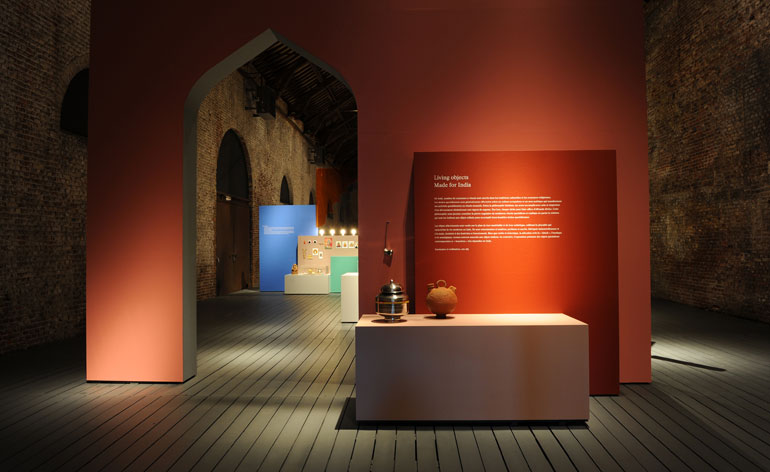 Doshi Levien bring India's everyday objects to life in a new exhibition at Grand-Hornu
Doshi Levien bring India's everyday objects to life in a new exhibition at Grand-Hornu